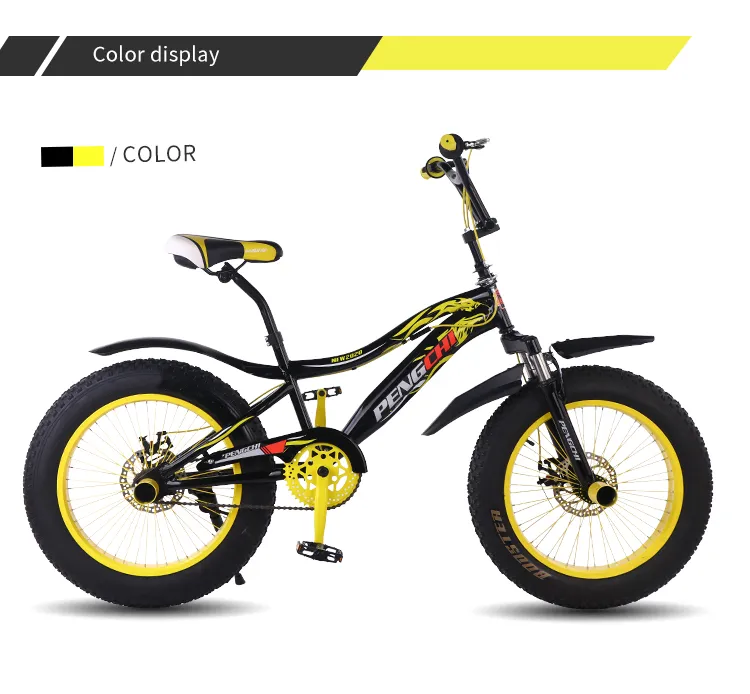
-
 Afrikaans
Afrikaans -
 Arabic
Arabic -
 Belarusian
Belarusian -
 Bengali
Bengali -
 Bulgarian
Bulgarian -
 Croatian
Croatian -
 Czech
Czech -
 Danish
Danish -
 Dutch
Dutch -
 English
English -
 Finnish
Finnish -
 French
French -
 German
German -
 Greek
Greek -
 hawaiian
hawaiian -
 Hebrew
Hebrew -
 Hindi
Hindi -
 Hungarian
Hungarian -
 Indonesian
Indonesian -
 irish
irish -
 Italian
Italian -
 Japanese
Japanese -
 Javanese
Javanese -
 kazakh
kazakh -
 Khmer
Khmer -
 Korean
Korean -
 Kyrgyz
Kyrgyz -
 Lao
Lao -
 Latin
Latin -
 Luxembourgish
Luxembourgish -
 Malay
Malay -
 Myanmar
Myanmar -
 Norwegian
Norwegian -
 Persian
Persian -
 Polish
Polish -
 Portuguese
Portuguese -
 Romanian
Romanian -
 Russian
Russian -
 Serbian
Serbian -
 Slovak
Slovak -
 Somali
Somali -
 Spanish
Spanish -
 Swedish
Swedish -
 Tagalog
Tagalog -
 Thai
Thai -
 Turkish
Turkish -
 Turkmen
Turkmen -
 Ukrainian
Ukrainian -
 Uighur
Uighur -
 Vietnamese
Vietnamese
Dec . 03, 2024 14:46 Back to list
Comparing Variations in Mountain Bike Designs and Performance Features
Differences in Mountain Bikes A Comprehensive Guide
Mountain biking is an exhilarating sport that challenges riders with rugged terrains and natural obstacles. The type of mountain bike you choose greatly influences your riding experience, and understanding the differences among them can help you make the best decision for your needs. This article aims to break down the various types of mountain bikes, focusing on their features, advantages, and intended uses.
1. Hardtail Mountain Bikes
Hardtail mountain bikes are characterized by a front suspension and a rigid rear frame. They are generally lighter, simpler, and more affordable than full-suspension bikes. The absence of rear suspension means they deliver excellent pedaling efficiency, making them ideal for cross-country riders and those tackling smoother trails. Hardtails excel in climbing and are often favored by beginners due to their straightforward mechanics.
However, the trade-off is comfort. On rough terrains, hardtails can transmit more vibrations to the rider, potentially leading to fatigue on longer rides. Serious off-road enthusiasts may find hardtails lacking, especially when descending steep, bumpy trails.
2. Full-Suspension Mountain Bikes
Full-suspension mountain bikes come equipped with both front and rear suspension. This design allows the bike to absorb shocks from rugged terrain, providing a smoother and more comfortable ride. These bikes come in various specifications, making them suitable for different styles of mountain biking—whether it be downhill, trail, or enduro riding.
The advantages of full-suspension bikes include improved traction, enhanced control on steep descents, and increased comfort during long rides. However, they tend to be heavier and more expensive than hardtails, and some models can suffer from pedaling efficiency issues on climbs.
3. Cross-Country Bikes
Cross-country (XC) bikes are built for speed and efficiency, designed primarily for racing and covering long distances on varied terrain. These lightweight bike models often feature a hardtail design but can also come as full-suspension options for added comfort. Their geometry allows for quick handling and efficient climbing, making them a favorite among competitive riders.
However, riders looking for a more robust option for technical trails may find XC bikes lacking in durability and shock absorption compared to trail or enduro bikes
.differences in mountain bikes

4. Trail Bikes
Trail bikes are the most versatile category of mountain bikes. They combine elements from both XC and downhill bikes, making them capable of handling a wide range of terrains and conditions. Trail bikes typically have longer travel suspension, which offers better shock absorption and stability on technical trails.
These bikes provide a balanced approach, accommodating both climbing and descending. As a result, trail bikes have gained immense popularity among recreational riders, enabling them to tackle diverse trails with confidence.
5. Downhill Bikes
Downhill bikes are specifically designed for descending steep and technical terrains. These bikes come with long-travel suspension systems that absorb significant impacts, allowing for high-speed descents on rough trails. Generally heavier than other types, downhill bikes prioritize stability and control over climbing efficiency.
Downhill bikes are not meant for climbing; they are designed for gravity-assisted trails, often featuring sturdy frames and components that can handle extreme conditions. Riders typically use a lift or shuttle to reach the top of the trails, ensuring that the focus remains on the descent.
6. Electric Mountain Bikes (e-MTBs)
The introduction of electric mountain bikes has revolutionized the sport, combining the traditional features of mountain bikes with a battery-assisted electric motor. e-MTBs allow riders to tackle more challenging trails and longer distances without the physical exertion typically associated with traditional mountain biking.
These bikes come in various styles, including hardtails and full-suspension designs, and are ideal for both experienced and novice riders looking to extend their riding capabilities.
Conclusion
In summary, the mountain bike landscape offers a wide range of options, each tailored for specific riding styles and terrains. Understanding the differences among hardtail, full-suspension, cross-country, trail, downhill, and electric mountain bikes can greatly enhance your riding experience. Choosing the right type depends on your skill level, riding preferences, and the types of trails you plan to tackle. By selecting the appropriate bike, you are one step closer to an enjoyable and fulfilling mountain biking adventure.
-
New Red Anti-theft E-Bike | Easy Ride City Commuter
NewsJul.31,2025
-
BMX 20 Inch Bikes for Freestyle & Street | Fat Tire Options Available
NewsJul.30,2025
-
322 High Quality 26 Inch 21 Speed Adult Mountain Bike OEM MTB
NewsJul.29,2025
-
Specialized Kids Mountain Bikes - Safe, Durable & Fun Riding Experience
NewsJul.29,2025
-
Little Kids Mountain Bike - Lightweight Bikes for Young Riders
NewsJul.29,2025
-
Kids Mountain Bike Trek – Full Suspension for 6 Year Old Riders
NewsJul.29,2025

